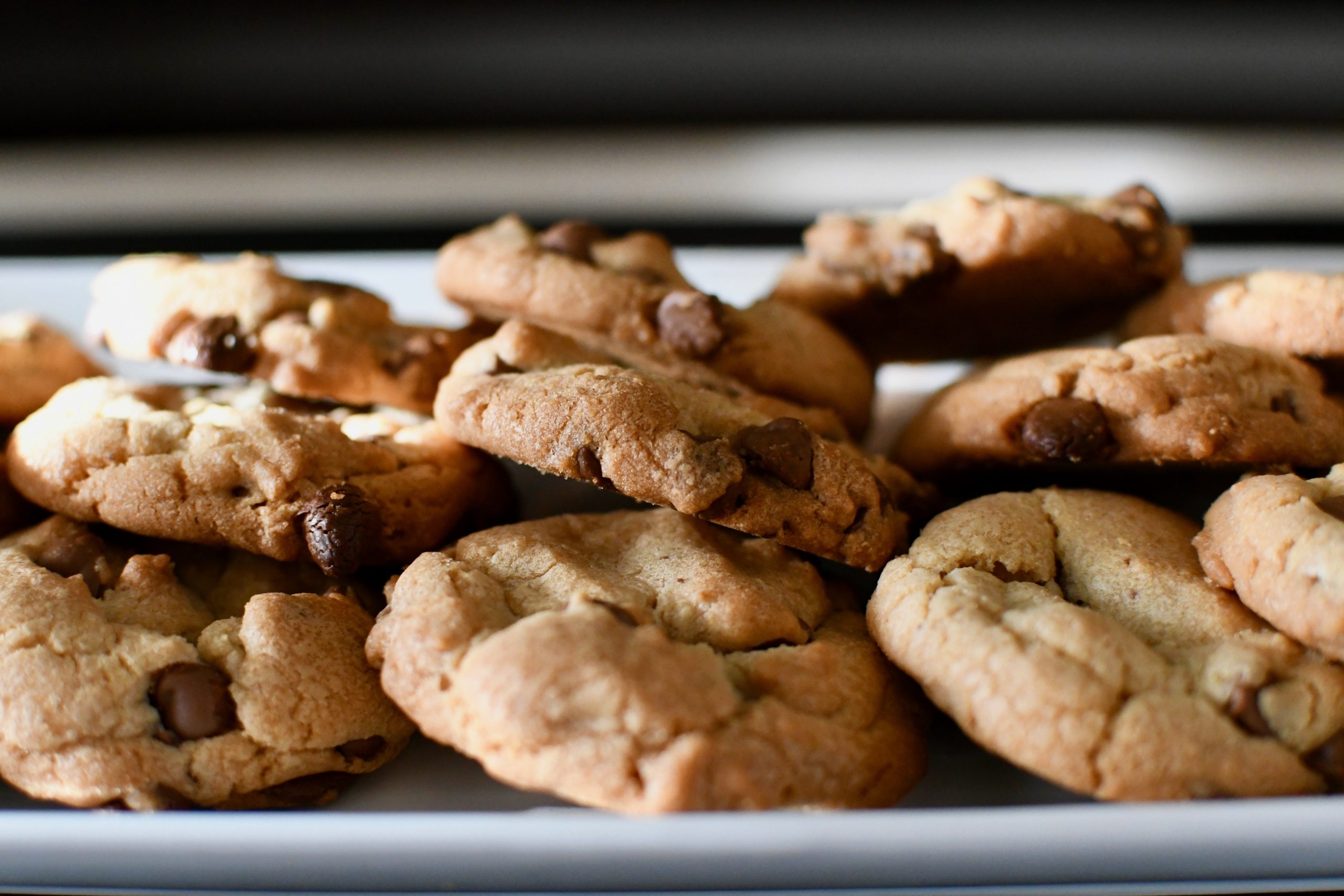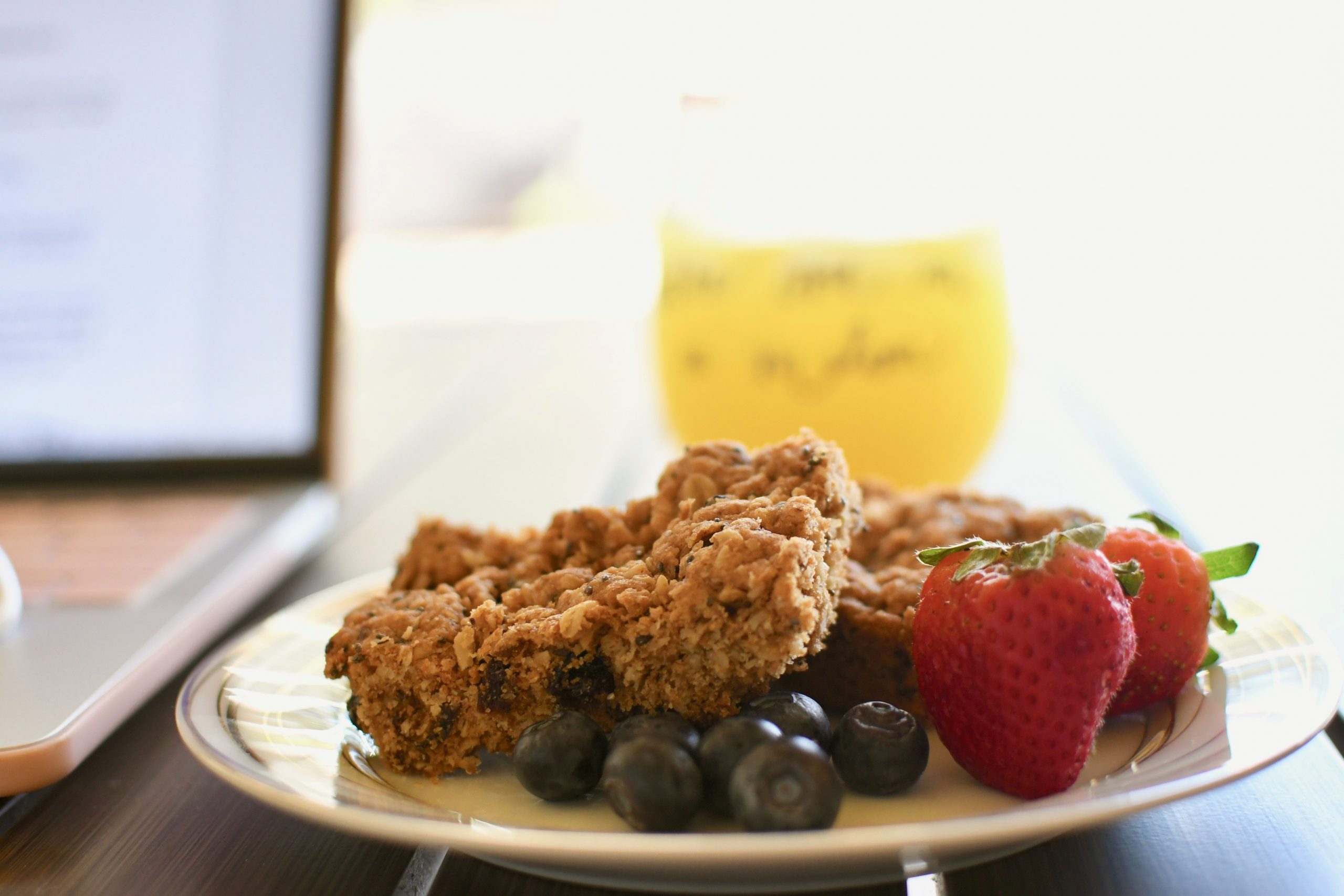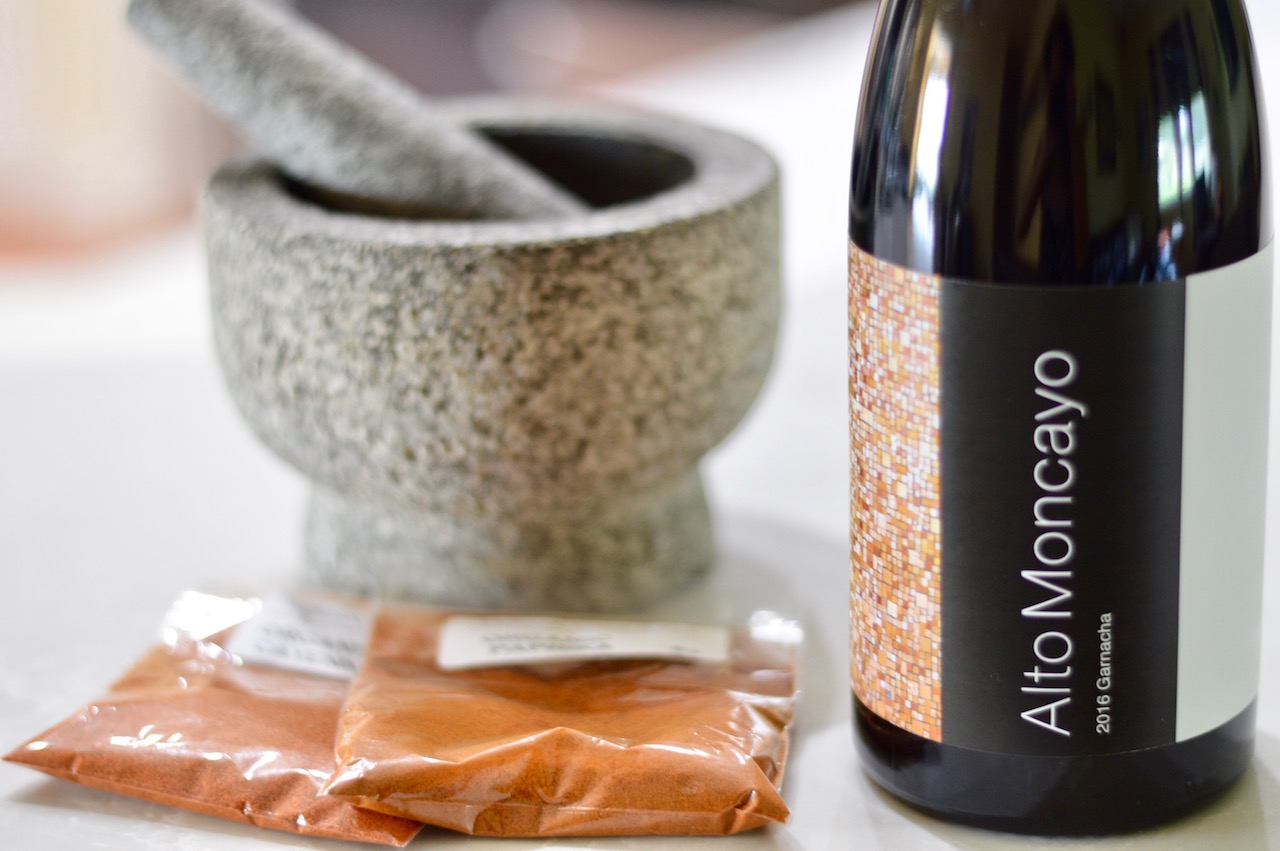Fast and easy recipe for chocolate chip cookies and the history of this favorite sweet treat. Plus, while staying at home, life seems to be crumbling apart, I’ve added links to some crisis hotlines and mental health resources.


Fast and easy recipe for chocolate chip cookies and the history of this favorite sweet treat. Plus, while staying at home, life seems to be crumbling apart, I’ve added links to some crisis hotlines and mental health resources.

While under at stay-at-home order, here’s a fast, easy and nutritious breakfast for the whole family.

Once again, I’m taking #MyArtEscape overseas! What better way to prepare for a trip to Spain than to dive into the pot and uncork some knowledge? Ole! I’m not sure which came…